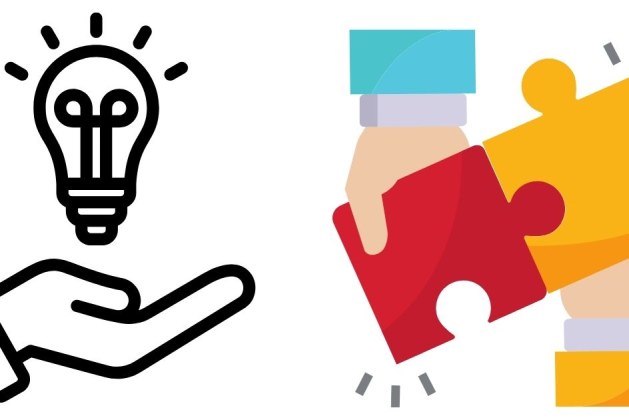When we think about finding solutions, we often focus on the result: the resolution of an issue, the completion of a task, or the clearing up of a problem. But, what if we shift our focus from just the solution to the action involved in finding it? In language, verbs often describe actions, and when it comes to solving problems, there are several verbs that fit the bill, depending on the context. So, what is a verb for a solution? Let’s dive in!
1. Solve – The Classic Choice
When it comes to problems and solutions, “solve” is the go-to verb. It means to find an answer or a way of resolving an issue. Whether it’s solving a math equation, a technical problem, or a personal challenge, “solve” is the most straightforward way to describe the act of finding a solution.
- Example: We need to solve this puzzle before the timer runs out.
2. Resolve – Bringing Clarity
“Resolve” is often used when referring to solving more complex or difficult problems, especially in terms of conflicts or uncertainties. It implies not just a solution, but a definitive decision or settlement, often with a sense of closure or peace.
- Example: They were able to resolve the disagreement after a long discussion.
3. Fix – Getting Practical
“Fix” is a more hands-on verb and suggests making something right again or restoring something to its functional state. While it’s most commonly associated with repairing things, “fix” can also apply to problem-solving when you’re dealing with issues that need practical, immediate action.
- Example: We need to fix the leak before it causes any more damage.
4. Address – Taking Action
“Address” involves dealing with an issue or problem, usually to make progress toward a solution. This verb is often used when considering how to tackle problems, especially in a formal or methodical way. It doesn’t necessarily mean you’ve found a solution yet, but you’re actively working on it.
- Example: The company is addressing the concerns raised by customers about product quality.
5. Cure – Solving Health-Related Problems
When the problem is related to health or disease, “cure” becomes an appropriate verb. It suggests not just solving the problem, but eliminating it completely, often permanently.
- Example: Doctors are working to cure this rare disease with new medical research.
6. Resolve vs. Solve: What’s the Difference?
While “resolve” and “solve” are often interchangeable, there’s a subtle difference. “Resolve” typically refers to issues that involve decisions, conflicts, or uncertainties, often in more abstract or interpersonal situations. “Solve,” on the other hand, is generally used when you’re dealing with problems that can be worked out with a clear, actionable solution.
- Example: She resolved the issue with her colleague (a conflict) vs. solved the math problem (a logical puzzle).
7. Figure Out – Informal but Effective
If you’re looking for a more conversational verb, “figure out” is a popular option. It implies thinking through a problem, often by trial and error, until you discover the solution. It’s an informal, flexible way to describe the process of problem-solving.
- Example: I need to figure out how to get my computer to stop freezing.
8. Unravel – Untangling Complex Problems
“Unravel” is perfect for situations where the problem seems tangled or confusing, and you need to break it down or deconstruct it in order to find the solution. It’s often used for problems that are more intricate and require careful analysis.
- Example: The detective worked to unravel the mystery of the missing necklace.
9. Fix Up – A Lighter Fix
This verb implies improving or restoring something that is worn or damaged but not necessarily broken beyond repair. It’s often used when the solution is more about improving or refreshing something than fixing a major problem.
- Example: They decided to fix up the old house and turn it into a cozy bed-and-breakfast.
Conclusion
There is no single verb for “solution” because the act of solving a problem can take on many forms depending on the context. Whether you’re “solving” a problem, “resolving” a conflict, or “fixing” a broken item, the action verbs we use reflect how we approach challenges and solutions in our everyday lives. By understanding the nuances of these verbs, you can better communicate the action behind problem-solving, making your language more precise and effective.




Leave a comment